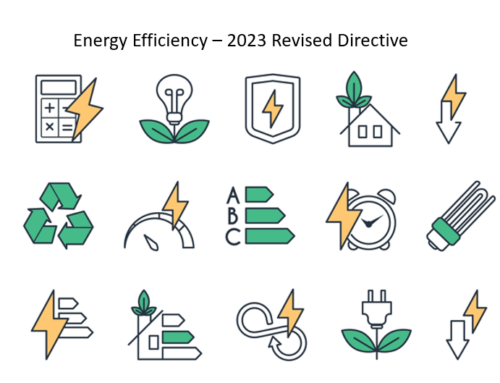We saw in I-SEM – “The Toddler Years”. Article 1: Wholesale Market Prices on Tuesday, that Wholesale Power Prices have fallen significantly in the last two years.
For Flogas Enterprise customers who have tracked the wholesale market since the start of I-SEM, their energy costs have reduced significantly in that time. This value in the Wholesale Market is likely to continue with renewables forecast to have even more significant penetration in the Electricity Fuel Mix as Ireland aims to achieve its ambitious targets laid out in the Government’s 2030 Climate Action Plan.

Flexible Hedging
That said, we in Flogas Enterprise know from working with our customers on their procurement strategies over the years that budget certainty and risk management are key considerations when choosing how they procure power.
We saw in I-SEM – “The Toddler Years”. Article 2: Market Volatility – The “Terrible Twos” yesterday, that while Wholesale Power Prices have fallen, day-to-day price volatility has increased. For a lot of customers this volatility presents cost uncertainty and a risk exposure that they need to manage.
Since the start of I-SEM, and with the development of a much more liquid forward power market to hedge in, we are seeing more and more customers look to manage this risk by combining flexible hedges with their floating tariff. In doing so it gives them budget certainty for key periods of the year, or times of day that they need it. It also allows them to avail of the consistently low wholesale prices, particularly when there are large volumes of renewable generation on the system. By contracting these hedges as and when they are needed, they also avoid paying the large risk premiums that are often built into longer-term fixed prices.
Load Management
A final component of this flexible approach to procurement that we are working on with our customers is load management and demand side flexibility.
We saw in the yesterday’s post that the volatility in wholesale prices is most extreme at peak demand times of the day, and it is these spikey peak prices that risk premiums in long term fixed contracts are designed to cover.

Flogas currently helps customers who have any sort of flexibility in their load scheduling, whether it is managed internally on site, or externally by a DSU aggregator to unlock extra revenues in their wholesale tracker supply agreement by forecasting and avoiding these extreme prices that occur from time to time in the wholesale market.
In conclusion, the introduction of the I-SEM two years ago has had a transformative effect on the Irish electricity market, resulting in greater value in the Wholesale Power Price. It has also brought about increased volatility in the Wholesale Power Price day-to-day, which we have identified is largely due to price spikes during peak demand hours. We at Flogas Enterprise help our customers avail of this increased value through the various flexible approaches to power procurement outlined above.
If you would like to learn more about the Wholesale Power market or discuss any of the flexible approaches to power procurement mentioned above and in the previous posts in the Blog Series please contact myself, Dara or one of our commercial team (emails provided below).
Eoin Mooney: eoin.mooney@flogasenterprise.ie
Dara Faulkner: dara.faulkner@flogasenterprise.ie
Commercial: info@flogasenterprise.ie













